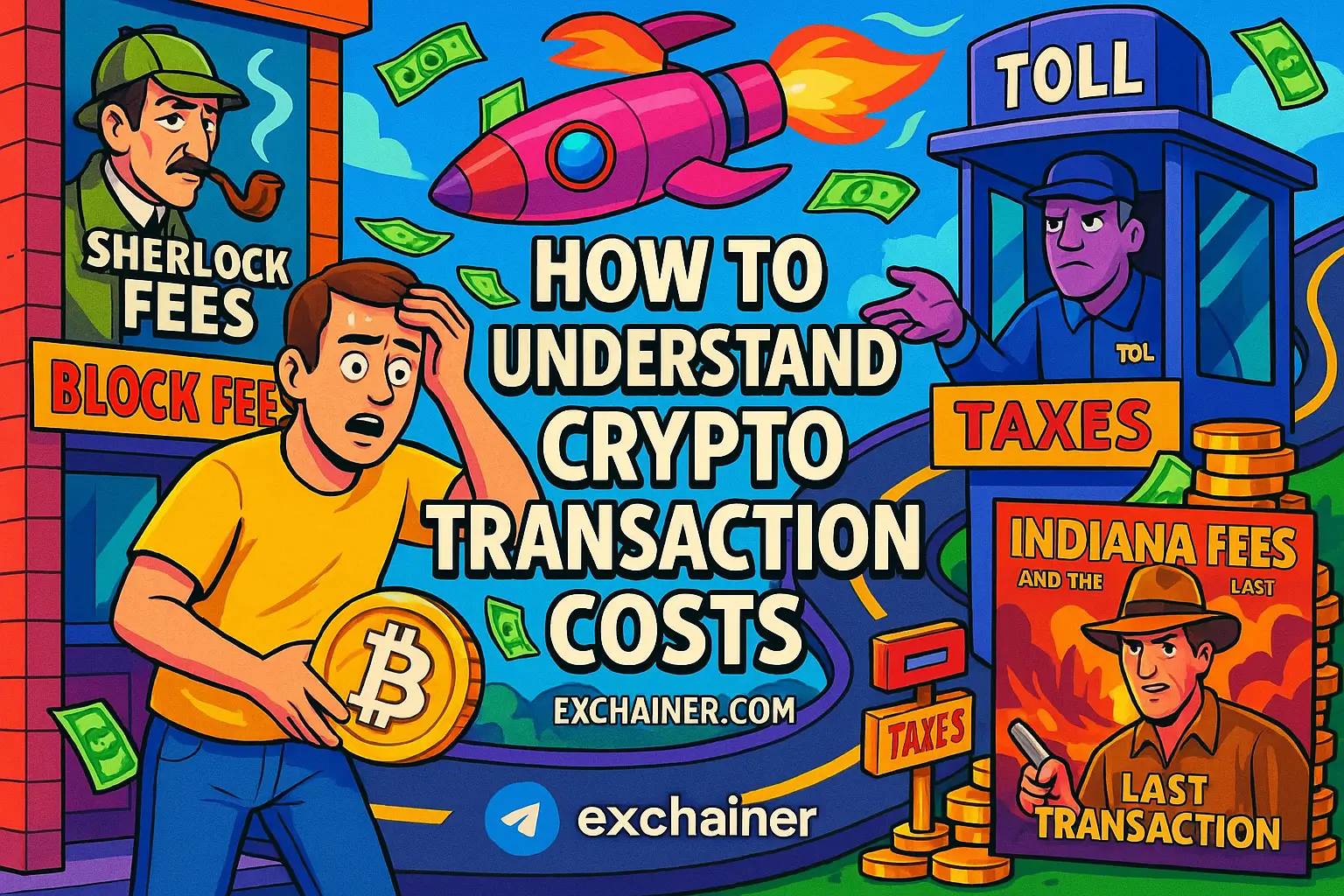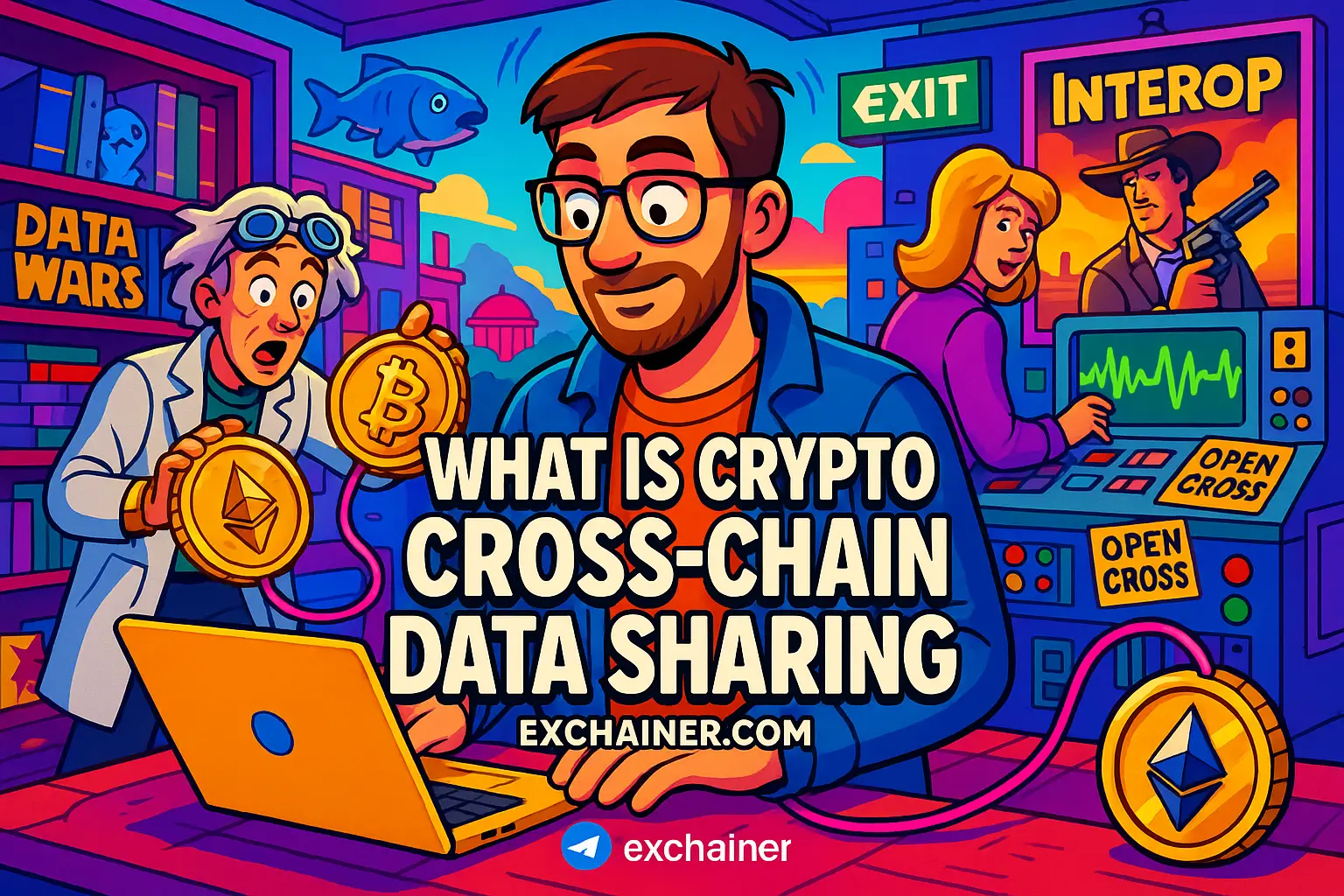Introduction
Friends, if you’ve ever sent cryptocurrency, traded tokens, or dipped your toes into decentralized finance (DeFi), you've probably noticed that your transactions come with fees. These crypto transaction costs might seem like a small annoyance at first, but for anyone serious about crypto trading or investing, understanding these fees is absolutely crucial. Whether you're buying your first NFT, staking assets, or moving funds across blockchains, the fees involved can directly impact your profits and overall experience.
Crypto transaction costs cover various charges: network fees, gas fees, tips to miners or validators, and even costs for bridging assets between blockchains. Not only do these fees vary between networks, but they also fluctuate based on demand and technical factors. This makes navigating them tricky, especially if you're a beginner. That’s why this guide is here to help.
Whether you're just learning the ropes, a frequent trader watching your margins, an NFT collector, or a developer building decentralized apps, you'll find value here. We'll walk you through the basics of gas fees, how blockchains decide transaction costs, handy fee estimation tools, and smart ways to reduce what you pay. Plus, we’ll discuss the classic trade-offs between transaction speed and costs, or security versus convenience. By the end, you’ll be able to make smarter, more informed decisions when moving your crypto around.
Ready to demystify the fees that often catch people off guard and potentially save some serious cash? Let’s dive in!
What Are Gas Fees?
If you’ve heard blockchain users talk about “gas fees,” you might wonder what they really mean and how those fees relate to transaction costs. Think of gas fees as the fuel that powers crypto networks — the payment that miners or validators require to process and confirm your transactions.
Gas fees are different from just “transaction fees” or “tips,” although the terms are often used interchangeably. Here’s a quick breakdown: gas fees refer to the total cost you pay to execute a transaction, including the base fee and any tips given to validators. The “tip” is an extra reward you offer miners or validators to prioritize your transaction, kind of like a fast-pass lane at a theme park.
Every transaction consumes a certain number of gas units, known as the gas limit, depending on its complexity. A simple transfer of coins requires fewer gas units than interacting with complex smart contracts. Meanwhile, gas price is how much you pay per gas unit, typically denoted in gwei — one billionth of an ether (ETH). Multiply the gas used by the gas price, and you get the total fee in ETH.
For example, a straightforward ETH transfer might use around 21,000 gas units, and if the gas price is 100 gwei, your fee would be 21,000 × 100 gwei = 2,100,000 gwei, or 0.0021 ETH.
Different blockchains use different models. Ethereum’s gas system is well-known, but Bitcoin’s transaction fees work more like bidding for block space, based on the transaction’s size in bytes. Solana, with its high throughput, charges much lower fees optimized for speed and volume.
Gas Components Explained
Breaking down Ethereum’s fee components helps clarify things. The base fee is a dynamically adjusted minimum cost per gas that every transaction pays — it burns (or destroys) that fee, removing it from circulation. The priority fee (or tip) incentivizes miners to pick your transaction faster. The gas limit caps the maximum gas units your transaction can consume, protecting you from runaway costs.
Simple formula:
Transaction Fee = Gas Used × (Base Fee + Priority Fee)
Units and Math Examples
Let’s say your transaction uses 50,000 gas units. If the base fee is 50 gwei and you add a 10 gwei tip, the total gas price is 60 gwei. Multiplying gas used by gas price gives 50,000 × 60 = 3,000,000 gwei, or 0.003 ETH.
For a complex smart contract call, gas used might spike to 200,000, reflecting the higher computational work.
Cross-Chain Differences and Why They Matter
Ethereum usually has higher gas fees due to congestion and security focus. Binance Smart Chain (BSC) offers lower gas prices but compromises slightly on decentralization. Polygon and Solana boast significantly cheaper fees and faster transactions, appealing to NFT traders and DeFi users who interact frequently.
Knowing these differences saves you money and optimizes your crypto activities.
How Networks Set Transaction Fees
Understanding how blockchain networks set transaction fees demystifies why prices jump or drop seemingly overnight.
Here’s how it works at a high level: transactions enter a waiting area called the mempool, which is like a queue where pending transactions wait their turn to be included in the next block. Miners or validators pick transactions from the mempool, usually prioritizing those with higher fees or tips because they want to maximize rewards.
The mechanism for this prioritization depends on the blockchain. Bitcoin and many chains use a first-price auction model — you set your fee, and if it’s high enough, you get included sooner. Ethereum’s introduction of EIP-1559 changed this to a base fee plus optional tip system, which stabilizes fees somewhat but still allows users to pay more for speed.
When networks are congested — say during a popular NFT drop or a token launch — transaction fees spike, as many users compete for limited block space. Block size and protocol rules also restrict how much data each block can include, affecting fees.
Mempool Dynamics and Transaction Priority
Think of the mempool as a busy highway with a toll booth. When there are too many cars (transactions), those willing to pay higher tolls (fees) get through faster. This competition makes low-fee transactions wait longer or sometimes get dropped.
Fee Market Models (First-Price, EIP-1559)
Before Ethereum’s EIP-1559 upgrade, users competed in a fee auction to include their transactions. Now, with EIP-1559, the base fee adjusts automatically based on network demand and is burned. Users add a tip to incentivize miners. This design reduces fee volatility but doesn’t eliminate it, especially during network surges.
Protocol Upgrades and External Factors
Upgrades like sharding or MEV (Miner Extractable Value) mitigations aim to ease congestion and tame fees in the future. External events, like popular DeFi launches or huge NFT sales, temporarily create traffic jams that push fees sky-high.
Tools to Estimate and Compare Fees
You don’t have to guess transaction costs anymore — there are plenty of tools to help you estimate fees in real-time and compare options.
Most popular wallets, like MetaMask or Coinbase Wallet, come with built-in fee estimators that suggest slow, average, or fast fees based on current network conditions. These presets help beginners but can sometimes be conservative or overly aggressive.
If you want more detailed or decentralized data, block explorers such as Etherscan or mempool.space offer gas trackers and mempool views. Other services like GasStation or GasNow (depending on network availability) provide live gas prices and historical trends.
For those dabbling in multiple blockchains, fee aggregators and cross-chain comparison tools help find the cheapest network to move assets or trade tokens.
Using Wallet Estimators Effectively
Wallet presets are a great starting point but don’t hesitate to customize fees, especially if you’re not in a rush. Sometimes choosing the slow fee saves you a lot of money. Conversely, in volatile moments, bumping your fee faster can save you from stuck or dropped transactions.
External Tools and Dashboards
Block explorers offer valuable insights by showing what’s happening inside the mempool and helping you decide the right price to pay. Telegram and Discord communities often share congestion alerts and tips to avoid fees spikes.
APIs and Automation for Advanced Users
Developers and power users can tap gas fee APIs or bots to automate transaction timing or batching. For example, scheduling transactions during low congestion or batching multiple transfers reduces redundant fees.
Strategies to Reduce Crypto Transaction Costs
Friends, reducing crypto fees is not just about luck — there are smart, practical strategies that anyone can try.
First, timing your transactions during off-peak hours helps avoid congestion-driven spikes. Weekends and less busy times often have lower fees.
Layer-2 solutions and sidechains like Arbitrum, Optimism, zk-rollups, or Polygon offer cheaper transaction options by processing off the main Ethereum chain and bundling many transactions into one. However, remember that bridging assets across networks comes with its own set of fees and risks, so always factor that in.
Adjusting wallet fee settings lets you choose a fee that matches your urgency and budget, especially if your wallet supports custom fees or advanced options.
Timing, Batching, and Transaction Consolidation
If you can consolidate multiple transfers into a single transaction or schedule actions during quieter periods, you reduce your cost per transaction. Some wallets also support batching, sending multiple payments at once for efficiency.
Layer-2s and Alternative Chains – Trade-offs
Layer-2s bring great cost savings but sometimes require an initial bridge transaction that can be costly. Think of it like paying tolls before entering a cheaper side road. Once funds are on Layer-2, you enjoy low fees. Alternative chains offer similar benefits but may have different security or liquidity profiles, so choose wisely.
Wallet Settings and Advanced Techniques
Many wallets let you manually set gas prices or use “replace-by-fee” to accelerate or cancel stuck transactions. Meta-transactions, where a third party pays your gas fees, are emerging but still niche. The once-popular gas tokens—used to hedge on high fees—are mostly obsolete after Ethereum’s EIP-1559 upgrade.
Conclusion
To wrap up, understanding crypto transaction costs means knowing what drives fees, how to read fee components like gas prices and tips, and having the right tools to estimate them in real-time. Being aware of network dynamics, protocol upgrades, and congestion patterns empowers you to make informed decisions rather than feeling caught off guard by expensive transfers.
Here’s a quick checklist to keep handy:
Check fee estimators: Use built-in wallet tools and cross-reference with block explorers.
Time your transactions: Aim for off-peak hours when possible.
Consider Layer-2s and sidechains: For frequent trades or contract interactions, these can save big money.
Batch operations: Combine transactions to reduce total fees.
Monitor the mempool: When the network is busy, be patient or raise your fee accordingly.
Remember, sometimes it’s worth paying a higher fee for faster confirmation, especially for urgent trades. But most of the time, with patience and the right approach, you can significantly cut transaction costs.
Feel free to experiment with small amounts initially, keep your security practices strong, and stay curious. Knowledge is your best tool to master crypto transaction costs!
For more beginner guides on cryptocurrency fundamentals, exchange reviews, and wallet tips, visit our other helpful sections at Crypto 101, Exchange Reviews, and Tools and Wallets.
Stay sharp, and happy trading!
External Resources:
Gas fees and Ethereum details at ethereum.org Gas Explanation
Bitcoin transaction fee insights at BitcoinFees.net












